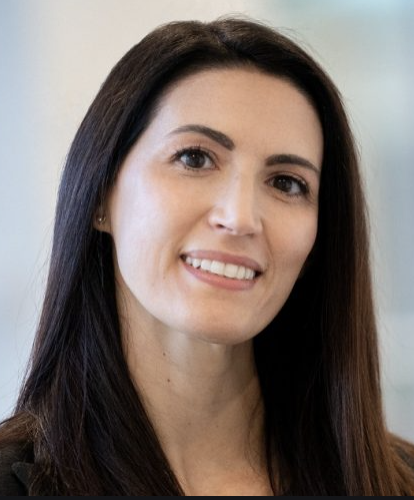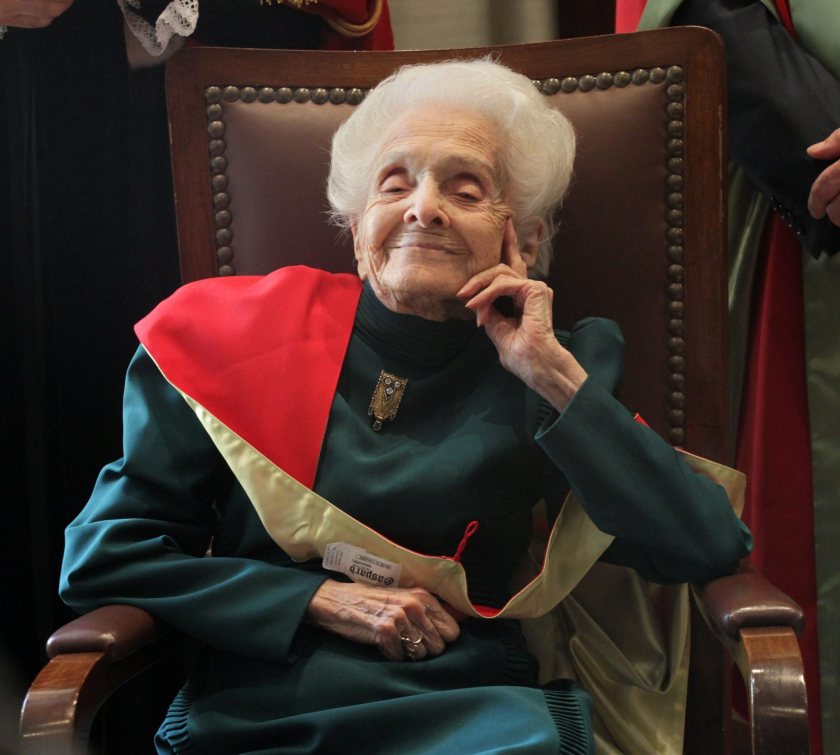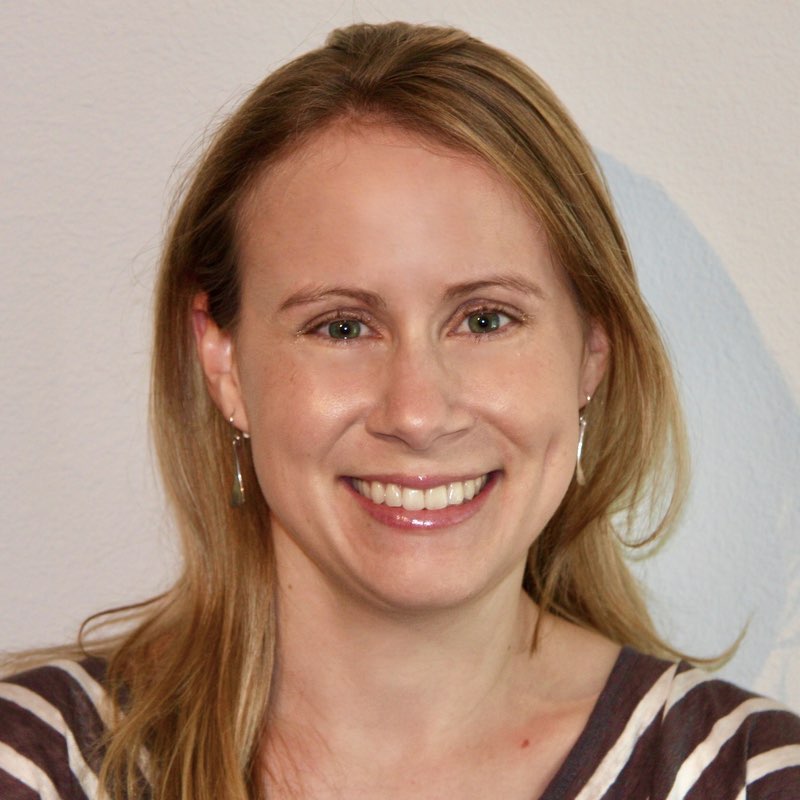Researcher Spotlight Women in Single-Cell Series
We recently featured Dr. Ilaria Iacobucci, Ph.D. from the St. Jude Children’s Research Hospital in our Women in Single Cell webinar series. Ilaria’s research focuses on the genomics of myeloid and lymphoid leukemia, and she has recently co-authored a paper in Blood entitled “Modeling and Targeting of Erythroleukemia by Hematopoietic Genome Editing.”
Ilaria spoke with us about her background, the women that inspire her, and her innovative research that pairs CRISPR genome editing with single-cell DNA sequencing to model cancer.

Ilaria Iacobucci, Ph.D.
Brittany: Could you start by telling us a little bit about yourself? How did you become interested in science and in cancer research in particular?
Ilaria: Ever since I was a child, I was fascinated by biology, medicine, and nature. I was curious and eager to discover the mechanisms behind any process. Reading and ballet were also my big passions. I attended a high school with both scientific and humanistic orientation and my passion for research and medicine grew more and more. Driven by these interests, I became a student of medical biotechnology in Bologna, which is one of the oldest universities in the Western world and one of the most prestigious European universities. So, I was very honored to be a student at that university. I was very fascinated by not just the etiology of diseases, in particular cancer, but by genomics and translational research studies. And that’s why I chose medical biotechnology instead of medicine.
I was very interested in understanding pathogenesis and discovering efficacious treatments. When I started, I had a friend that had acute lymphoblastic leukemia. This leukemia is the most common childhood tumor. Although survival has really improved for children, it remains a leading cause of cancer. These poor outcomes have forever impacted my studies and research goals.
For my Ph.D., I focused on clinical and experimental hematology. Ever since I began to study leukemia, I had clear goals to understand the mechanisms underlying the different leukemia subtypes. This would improve knowledge for translating these discoveries into better therapies. And so, with this dream, I came to the United States from Italy and am now at St. Jude Children’s Research Hospital.
Brittany: March is a great month for celebrating women. It is designated as Women’s History Month and March 8th in particular marks International Women’s Day. In light of celebrating women, are there any female scientists or other women that inspire you?
Ilaria: I’m very happy to be part of this interview that highlights women in science. And March 8th in particular celebrates the tremendous efforts made by many women around the world in shaping a more equal future. But let me say as a woman, that there is unfortunately not yet gender equality.
There are many women in science, politics, and business that I really admire for their talent, courage, and perseverance. But here today I would like to remember a woman who, through her pioneering contributions, inspired my career: Rita Levi-Montalcini, an Italian-American neurophysiologist. She was awarded a Nobel prize in physiology jointly with Stanley Cohen in 1986 for the discovery of the nerve growth factor. This discovery had an important impact in the fight against the disorders of neurodegeneration, such as Alzheimer’s or dementia.

Rita Levi-Montalcini
Image source: Los Angeles Times
Rita faced many obstacles during her life, but this never stopped her studies or career. She was born in Italy, during the beginning of the 20th century. She graduated in medicine and surgery, although her father discouraged her from attending college. And so, talking about equality, this is one of the challenges that Rita faced. But she graduated and started advanced studies in neurology and psychology. Another challenge was Fascism. Because of her Jewish ancestry, Rita was forbidden from having a professional career. So she moved to the United States, (in St. Louis) and successfully continued her studies in neurobiology.
Rita was a great mentor and she spent much of the latter part of her career ensuring that other scientists had access to funds. She founded the Institute of Cell Biology in Rome, the European Brain Research Institute, and the Rita Montalcini Foundation, providing support to many researchers and African women who did not have resources at that time. She became the first Nobel laureate to reach the age of 100, and she kept going to the lab until her later days. I’d like to conclude with one of Rita’s quotes:
“Progress depends on our brain. The most important part of our brain, that which is neocortical, must be used to help others and not just to make discoveries.”
I think this quote highlights one important aspect in our field — it is not only about selfish discovery, but collaboration and helping others are really important for reaching common milestones.
Brittany: Let’s jump a little bit into your research. In your recent study, you use two innovative technologies: genome engineering and single-cell sequencing to model acute erythroid leukemia or AEL. Can you tell us how the pairing of these technologies has advanced your research?
Ilaria: I will be very happy to answer that. To cite another Nobel Prize Award, just last October Jennifer Doudna and Emmanuelle Charpentier were awarded the 2020 Nobel prize in Chemistry for the development of a method for genome editing. This method, known as CRISPR/Cas9 gene editing, allows scientists to precisely cut any strand of DNA. Using this method one can introduce changes that mimic alterations observed in diseases or even correct mistakes in the DNA for therapeutic purposes.
So, in our recent study, we took advantage of this technology to model the genetic complexity observed in acute erythroleukemia, which is a very aggressive leukemia subtype. It occurs mostly in adults, its classification is controversial, and there is a lack of effective therapies. And so our aim was to use CRISPR/Cas9 genome editing to model the combinatorial genetic alterations that we see in patients with erythroleukemia. And by this approach, we were able to establish in vivo mouse models of acute erythroleukemia driven by specific combinations of mutations.
We characterized these tumors by a wide variety of techniques, including bulk sequencing, and although this approach is good for suggesting the different mutations,
“it’s only by single-cell DNA sequencing that we can precisely define the co-occurrence of mutations within the same cells.”
Since we used a pool of guide RNA to model the different genetic alterations, measuring co-occurrence was really fundamental to our aims. By this approach, we showed that [in mice] transformation in leukemia was accompanied by the expansion of multiple clones, with the dominant clone usually showing the highest number of driver mutations within the same cells. We observed that [in mice] the clones with signaling mutations were favored over others, and this is what happens in human acute erythroleukemia, with signaling mutations generally acquired later.
Moreover, we showed through this approach that fluctuations in mutational clonal composition are also important for driving changes in leukemia phenotype. We observed clones with different mutations and different phenotypes. So definitely that helped us a lot to dissect the clonal heterogeneity induced by genome editing.
“As the development and application of CRISPR technology [are] widely expanding for disease modeling, single-cell DNA sequencing really represents an accurate and reliable method to determine single-cell editing efficiency….this can enable a better understanding of the mechanisms underlying pathogenesis.”
Want to learn more about single-cell analysis of engineered disease models? Read our app note.
Brittany: This past year the coronavirus has disrupted virtually everyone’s lives. How is your work changed in line with this and how might it change again with the vaccine rollout?
Ilaria: Living through a global pandemic has definitely brought too many changes to our lives. However, we reorganized the workspace to limit occupancy and worked from home when the wet lab was not needed. During the first initial lockdown, we focused our time on analyzing data. We had a lot to analyze because we always are doing more and more experiments. Also, we wrote manuscripts and grants. This was very productive.
Nowadays, virtual meetings overwhelm our days. We meet people to discuss our projects and results by sitting in a chair and behind a monitor. All conferences have become virtual. This may have an advantage because it cuts down on travel and accommodation. I was able to attend many more conferences this year compared to the last year, but I definitely miss the opportunity to meet people and interact with friends and colleagues. Sometimes the best collaborations and discussions are outside standard sessions, like talking during the poster sessions or even with a drink at the dinner. So, I really miss the networking part, that is one of the nice aspects of in-person conferences. I’m sure vaccines will have an impact on taking back at least part of our normality. Personally, I’m looking forward to traveling again and visiting my parents and family in Italy. I’ve never been so far for such a long time.
Brittany: I’m curious about what excites you about the future of your field.
Ilaria: In the past decade, I have witnessed tremendous progress in genomic analysis and experimental modeling that has dramatically improved our understanding of the pathogenesis of many diseases and cancer, in particular leukemia. This progress has been made by the identification of recurrent driver mutations, fusion genes, and other genetic aberrations. So, we know more about the genetic landscape of many diseases.
Many of these discoveries helped in identifying novel target therapies and driving precision medicine. However, the gap between discovery and novel therapies is still big. So, I’m excited about reducing this distance and having more targeted therapies based on genomic discoveries. Moreover, there have been enormous advances in technology and genomics, and these have definitely generated an enormous volume of data from large cohorts of patients.
Machine learning approaches are starting to be applied, even for diagnostic purposes. I’m very excited about that because many of these diseases are multifactorial with many different genetic alterations and clinical presentations. These are really important for an accurate diagnosis and for guiding therapy.
I’m excited about the future progress in genomic, transcriptome, and epigenomic analysis of tumor cells, both in bulk and single-cell resolution.
“I am especially excited by single-cell analysis because it can detect very rare populations that are missed by bulk sequencing. We know that sometimes these very rare populations can drive relapse, and so if we can detect them earlier during therapy that can avoid the full relapse.”
I am also very excited by multi-omic approaches combined with machine learning tools of analysis for prediction and experimental modeling. I’m sure this will allow a refinement of the leukemia classification, but also translate to other diseases and a better risk assessment and hopefully suggest novel therapies to improve survival rates.
Brittany: Thank you so much for joining us today, Ilaria. It was really great to hear about you and the great things you’re doing at St. Jude.
Ilaria: Thank you so much for having me today. I’m very happy to be part of this series and to join excellent colleagues, so thank you so much.
Check out this on-demand webinar to see Ilaria discuss her research.











